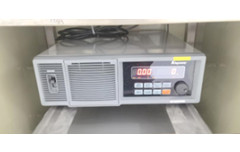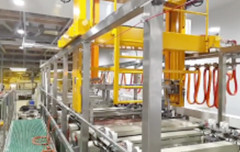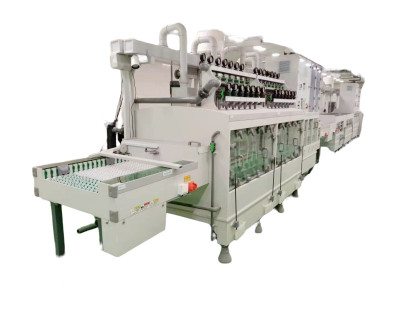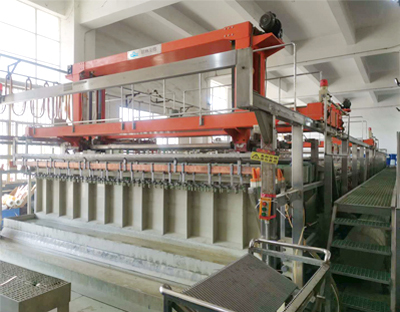For a certain plating solution, the allowable current density often exists in a range of upper and lower limits. If it exceeds this range, the coating quality obtained is often unqualified. Generally speaking, we always hope to allow a wider range of current density.
The current density has a great influence on the crystal size of the coating. When the current density is lower than the lower limit of the allowable current density, the crystallization of the coating is relatively coarse. This is because the current density is low, the Superpotential is very small, the nucleation rate is very low, and only a few crystals grow up. With the increase of current density, the overpotential increases. When it approaches the upper limit of allowable current density, the rate of nucleation increases significantly, and the coating crystallizes finely. Within the range of allowable current density, the crystallization of the coating is more uniform and fine. If the current density exceeds the upper limit of the allowable current density, due to the lack of discharge metal ions near the cathode, it is generally discharged at the corners and bulges, and nodules or dendritic crystals (dendrites) appear, which is called edge effect. If the current density continues to increase, due to hydrogen evolution, the pH value in the cathode area will significantly increase, forming basic salts or hydroxides, which will form spongy deposits when adsorbed on the cathode or mixed in the coating.
All kinds of plating solutions have the most suitable current density range. The range of current density depends on the nature of the plating solution, the concentration of the main salt, the ratio of the main salt to the coordination agent, the nature and concentration of the additive, the pH value, the concentration of the buffer, the temperature and stirring, etc. Generally speaking, the upper limit of allowable current density will increase when the concentration of main salt increases, the pH value decreases (for weak acid plating solution), the temperature increases, and the stirring intensity increases.
The allowable current density of anode is generally lower than that of cathode. If the current density used is higher than the upper limit of the allowable current density of anode, the current efficiency of anode passivation or anode dissolution will decrease. At this time, the amount of metal ions deposited at the cathode is greater than the amount dissolved at the anode. As a result, the concentration of metal ions is unstable, which will affect the quality of the coating. Therefore, in the production process, the area ratio of cathode and anode should be specified to control the current density of cathode and anode, so as to maintain the concentration of metal ions in the plating solution basically unchanged.








 Jun. 13, 2022
Jun. 13, 2022 




